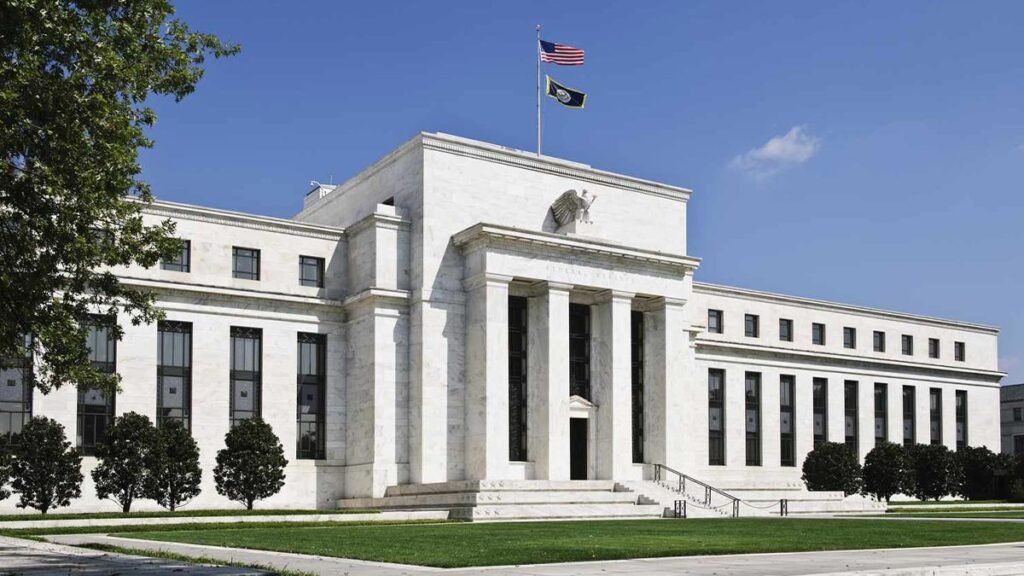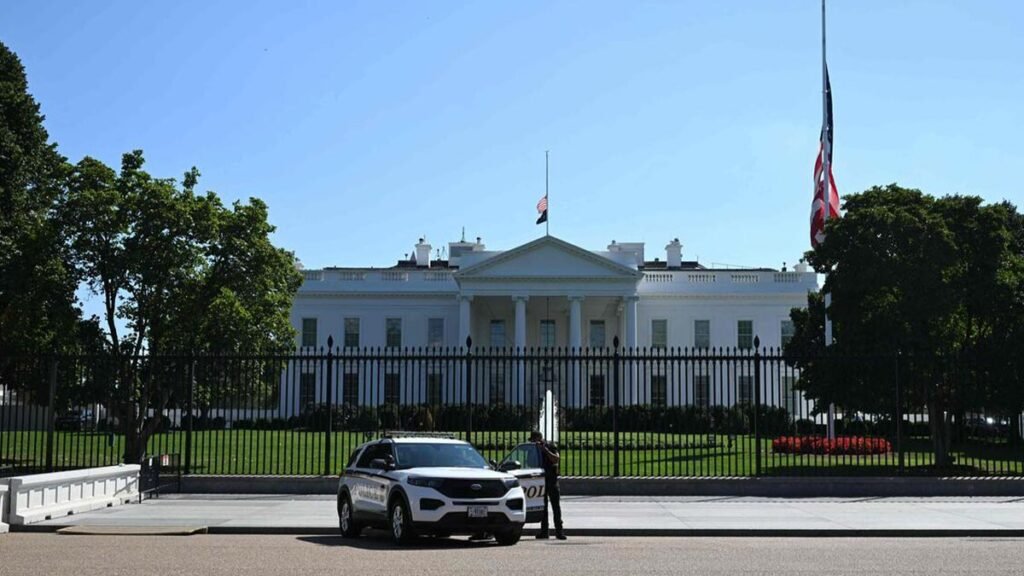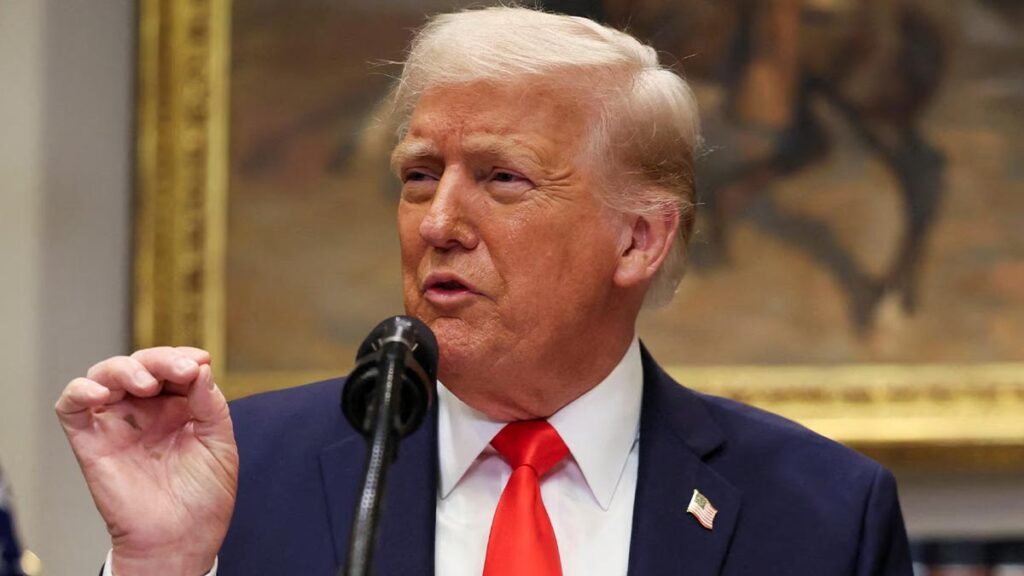The U.S. Federal Reserve is heading into one of the most consequential weeks in its history. As policymakers prepare for their September 16–17 meeting, the central bank is facing unprecedented political pressure from President Donald Trump alongside critical legal and personnel battles that could reshape its independence.
Why This Week Matters
Two events could significantly affect the Fed’s ability to operate free from political influence:
- Court Ruling: A federal appeals court is expected to decide whether Governor Lisa Cook can keep her seat on the Fed’s Board of Governors.
- Senate Vote: Lawmakers will vote on Trump’s nominee Stephen Miran, who could join the board as early as this week.
Trump’s Attempt to Remove Lisa Cook
President Trump has sought to remove Governor Lisa Cook, accusing her of making false statements on a mortgage application before her appointment. No U.S. president has ever attempted to fire a Fed governor in modern history, making this case extraordinary.
A federal judge has already blocked the dismissal on constitutional grounds, ruling that Trump is unlikely to succeed. However, the president has appealed, asking a higher court to allow the firing to proceed while litigation continues. The outcome could set a precedent for whether future presidents can directly oust Fed officials.
Stephen Miran’s Fast-Track Nomination
At the same time, Trump has nominated Stephen Miran, who currently chairs the Council of Economic Advisers and has been outspoken in his criticism of the Fed’s policies. If the Senate confirms him on Monday, Miran could potentially participate in this week’s policy meeting—an unusually swift turnaround that underscores the urgency of Trump’s efforts to reshape the board.
What’s at Stake for Fed Independence
Analysts warn that these developments could mark a turning point. Derek Tang of LH Meyer described the moment as “a pretty big sea change”, noting that Fed governors might increasingly be viewed by the public based on who appointed them, rather than as neutral technocrats.
For decades, the Fed’s credibility has depended on keeping distance from day-to-day politics. If governors are seen as politically aligned, that perception could weaken the institution’s independence at home and abroad.
Rate Cut Expected Amid Economic Strains
Despite the political turmoil, the Fed is still expected to lower interest rates by 0.25 percentage points, from the current 4.25%–4.50% range. If confirmed, this would be the first cut since December 2024.
Two economic forces are driving the move:
- Weakening Labor Market: Recent jobs data show hiring has slowed, raising concerns that the employment picture is deteriorating more quickly than anticipated.
- Stubborn Inflation: Prices remain above the Fed’s 2% target, partly fueled by higher import costs from Trump’s tariff policies.
Global Markets Watching Closely
The battle over Fed governance is also being closely monitored by international investors and central banks. Any perception that the Fed’s decisions are being influenced by political pressure could erode confidence in the dollar and destabilize global markets.
What to Watch Next
- The appeals court’s decision on Lisa Cook’s position
- The Senate vote on Stephen Miran’s confirmation
- The Fed’s updated guidance on interest rates and its outlook on inflation and jobs
This week’s outcome could reshape not just the direction of U.S. monetary policy, but also the very role of the Federal Reserve as an independent institution.


